Experienced chalk paint users: question about shellac
tetrazzini
11 years ago
Related Stories

PAINTINGWhat to Know About Milk Paint and Chalk Paint — and How to Use Them
Learn the pros, cons, cost and more for these two easy-to-use paints that are great for giving furniture a vintage look
Full Story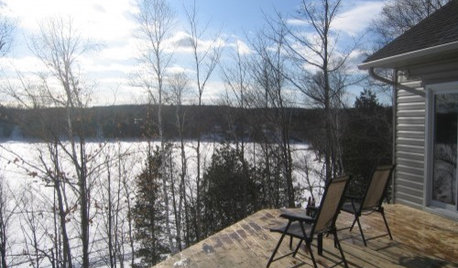

WORKING WITH PROS10 Questions to Ask Potential Contractors
Ensure the right fit by interviewing general contractors about topics that go beyond the basics
Full Story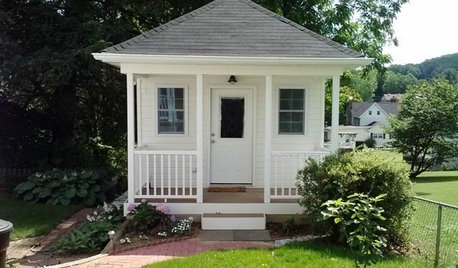
STUDIOS AND WORKSHOPSCreative Houzz Users Share Their ‘She Sheds’
Much thought, creativity and love goes into creating small places of your own
Full Story
FEEL-GOOD HOMEThe Question That Can Make You Love Your Home More
Change your relationship with your house for the better by focusing on the answer to something designers often ask
Full Story
GREEN BUILDINGWhat's LEED All About, Anyway?
If you're looking for a sustainable, energy-efficient home, look into LEED certification. Learn about the program and its rating system here
Full Story
WORKING WITH PROSWhat Do Landscape Architects Do?
There are many misconceptions about what landscape architects do. Learn what they bring to a project
Full Story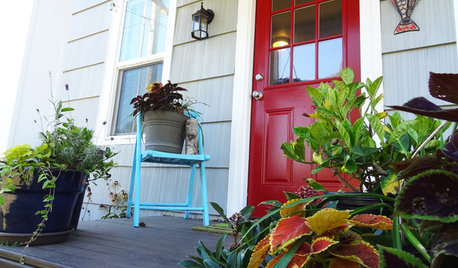
CURB APPEALDIY Painting Project: A Colorful Front Door
Give your entrance a notice-me new hue to make it inviting and energizing for fall
Full Story
MOST POPULAR9 Reasons to Buy a Painting
No print or poster can rival the power of an original painting, chosen by you, for where you live
Full Story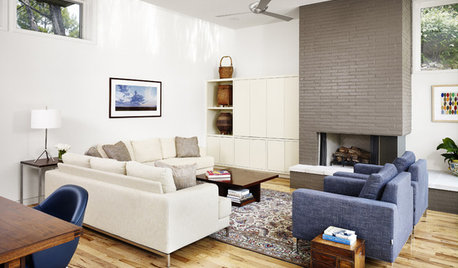
DECORATING GUIDESWhat You Need to Know Before Painting Brick
Sure, painted brick can be a great look. But you need to take some risks into account. Here's how to paint brick like a pro
Full Story





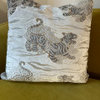
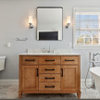
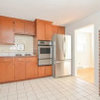
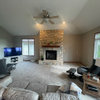
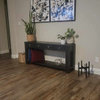
My3dogs ME zone 5A
tetrazziniOriginal Author
Related Professionals
East Hanover Interior Designers & Decorators · Ogden Interior Designers & Decorators · Cedar Rapids Furniture & Accessories · Denver Furniture & Accessories · Des Moines Furniture & Accessories · Ventura Furniture & Accessories · Owasso Furniture & Accessories · Urbandale Furniture & Accessories · Decatur Lighting · La Jolla Lighting · Rockland Lighting · Huntington Beach Window Treatments · Mount Pleasant Window Treatments · San Rafael Window Treatments · South Yarmouth Window TreatmentsMy3dogs ME zone 5A
trancegemini_wa
MiMi
tetrazziniOriginal Author
trancegemini_wa
vickishoemaker
tetrazziniOriginal Author
My3dogs ME zone 5A
tetrazziniOriginal Author